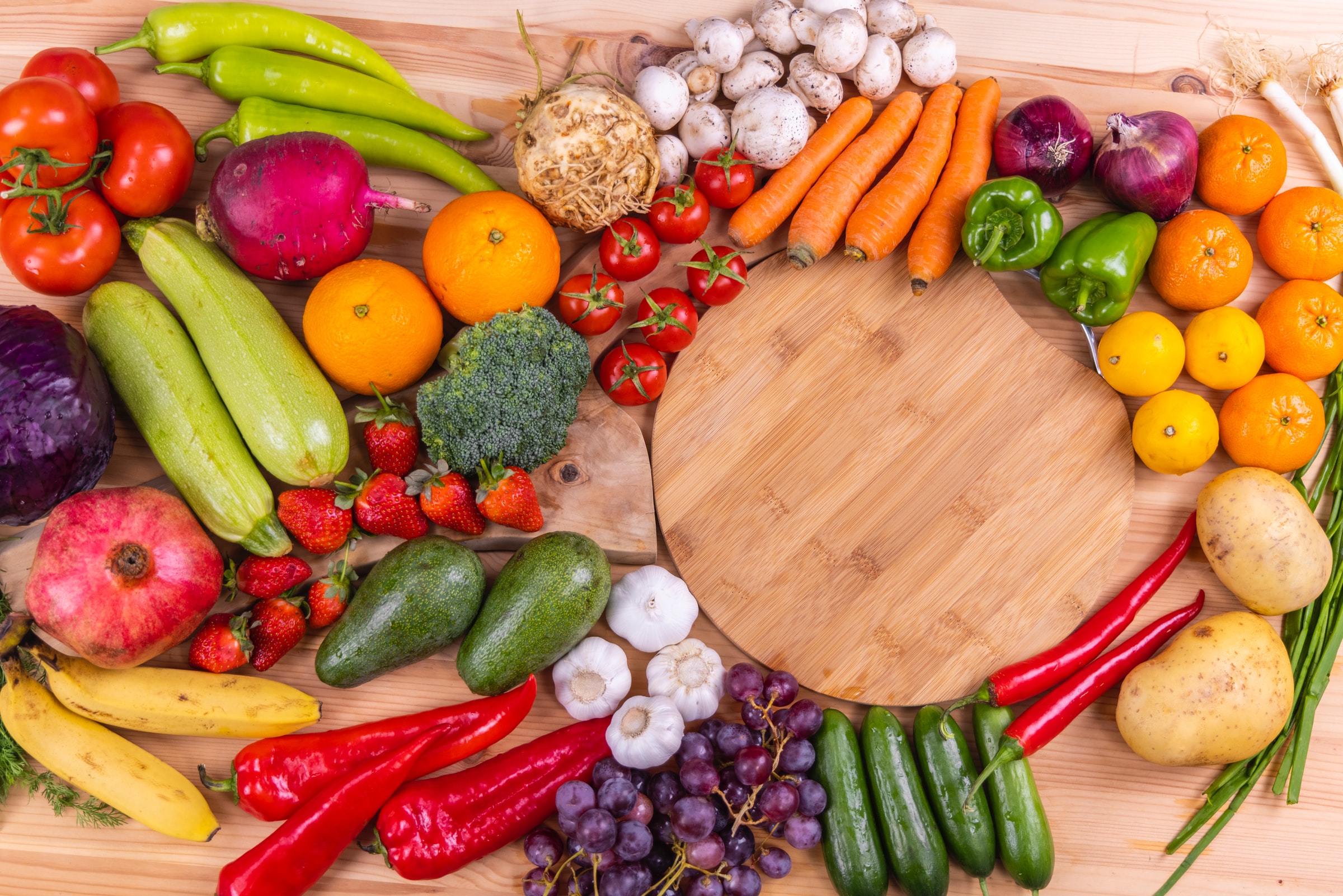
Israel is home to many diverse dishes of worldwide fame, including traditional Jewish foods and recipes brought over by the Jewish diaspora. The cuisine draws heavily from its neighboring countries, including those in Asia, Africa, and Europe.
Israeli cuisine incorporates fresh ingredients like eggplant, zucchini, tomato, lemon, avocados, and mangoes, making it one of the world’s healthiest, not to mention tastiest, cuisines. If you’re visiting Israel or stopping by your favorite Israeli restaurant, be sure to order some of the country’s most popular dishes listed below.
Msabbaha
Like its better-known cousin, hummus, msabbaha (also spelled masabacha) is a dish made primarily from chickpeas. Although msabbaha is similar to hummus, the two dishes are vastly different in taste and texture. Unlike hummus, msabbaha is served warm, with whole chickpeas as the star of the show. The name literally translates to “swimming,” so think whole chickpeas, swimming in hummus.
Msabbaha combines very soft cooked chickpeas with typical hummus ingredients like lemon, tahini (sesame paste), olive oil, and spices. Occasionally, prepped hummus is mixed in to thicken the sauce.
Technically, all msabbaha is hummus, but not all hummus is msabbaha. The main difference between msabbaha and hummus is that msabbaha contains whole chickpeas. The cooked chickpeas in msabbaha are so soft that they melt in your mouth, offering a different texture and sensation than hummus.
Hummus is to Israel what apple pie is to America, and msabbaha is no exception. According to a recent survey, 93 percent of Israelis eat hummus at least once a week, and at least 70 percent of Israel keeps hummus stored in their fridge at any given time!
If you’re a fan of hummus, you won’t want to miss out on its richer, more textured counterpart, msabbaha.
Sabich
Sabich is a popular Israeli sandwich consisting of pita or laffa bread stuffed with fried eggplants, hard-boiled eggs, hummus or tahini, pickles, parsley, Israeli salad, and amba, a tangy sauce made from pickled mangoes. Street vendors commonly serve Sabich as fast food at open-air markets throughout Israel.
The name Sabich comes from the Arabic word for morning, and the sandwich is a popular breakfast item throughout Israel, although it’s consumed throughout the day.
The origins of Sabich are debated, but the sandwich is often attributed to Iraqi Jews. It’s believed that they ate the sandwich on the Sabbath when no cooking is allowed, as they could make it ahead of time using prepped ingredients and pre-cooked foods.
Essentially, the Sabich sandwich is everything you could want in a sandwich: crispy yet soft, creamy yet tangy, and packed with bold spice and flavors.
Baba Ghanoush
Baba ghanoush, a dip made from cooked eggplants and lemon, is one of Israel’s most famous and beloved dishes. The name baba ghanoush translates to “Spoiled dad.” However, it’s unclear whether the dish was named after an actual person.
Baba ghanoush is made with eggplant that is either baked or broiled, typically over an open flame, which gives the dip a distinct smoky flavor. The eggplant is then blended until smooth and mixed with typical Mediterranean ingredients, including tahini, lemon juice, garlic, and occasionally, Greek yogurt. The result is a smooth and savory dip that pairs well with pita bread and crudités.
Baba ghanoush is popular across the Mediterranean, including in Israel, Lebanon, Iraq, Armenia, Egypt, Syria, and Turkey. If you’re a fan of hummus, think about switching it up and trying baba ghanoush next time you’re at your favorite middle eastern restaurant.
Labneh
When it comes to dips, Israel leads the pack. And labneh, a tart and refreshing dip made from Greek yogurt, is one of its star players.
Labneh is made by straining yogurt until all of its whey content is removed, making it even thicker and creamier in texture. Sometimes, labneh can be so thick that it’s often considered a cheese, often prepared as a spread or formed into balls.
Labneh is typically prepared as a dip topped with high-quality olive oil or za’atar, a Middle Eastern herb and spice mixture. Restaurants often serve labneh with pita bread and crudités, similar to hummus and babaghanoush. Labneh also makes for an excellent addition to salads, sandwiches, and pizzas.
Labneh can be served plain or jazzed up with ingredients like lemon juice and herbs like marjoram and oregano. If you happen to get your hands on some labneh, try it spread out on a pita or bagel!
